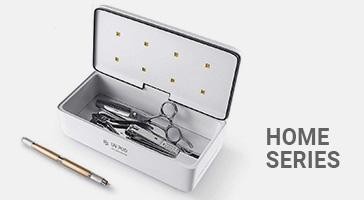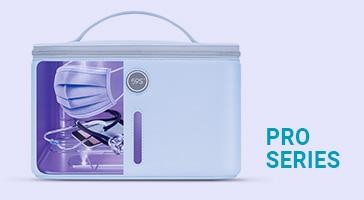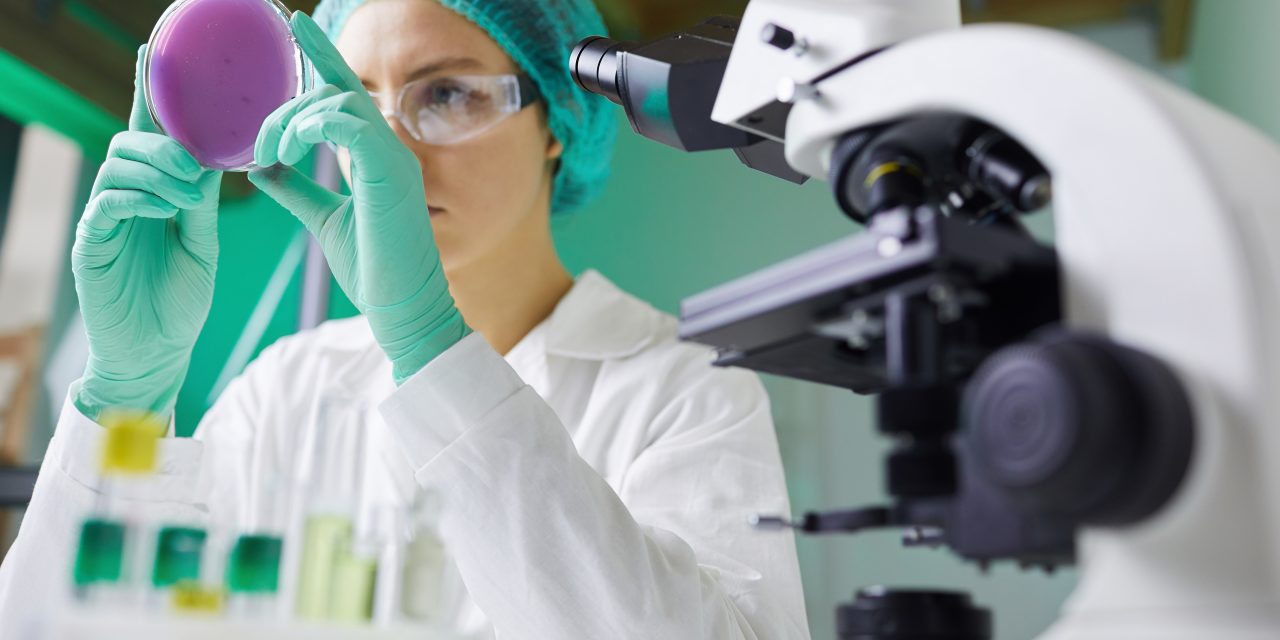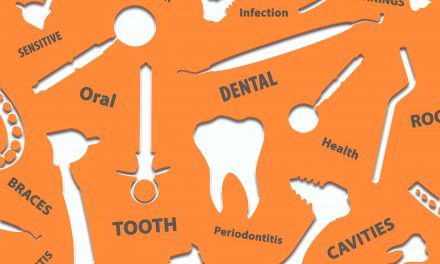What is germaphobia?
Germaphobia is a fear of germs. This can be rooted in the irrational idea that if one does not cleanse themselves carefully, one will die or become infected with a disease. The fear of germs is called germaphobia because the word “germ” comes from the Latin word for “seed.” Germs are tiny organisms that cause disease and spread from one person to another through contact, usually through the body’s mucous membranes. Germs that cause disease cannot be seen or smelled. Germaphobiais a common phobia. Germaphobia can be reduced by educating yourself about the facts behind the myths and learning how to control your fear. It is, however, not to be confused with mysophobia or obsessive-compulsive disorder.
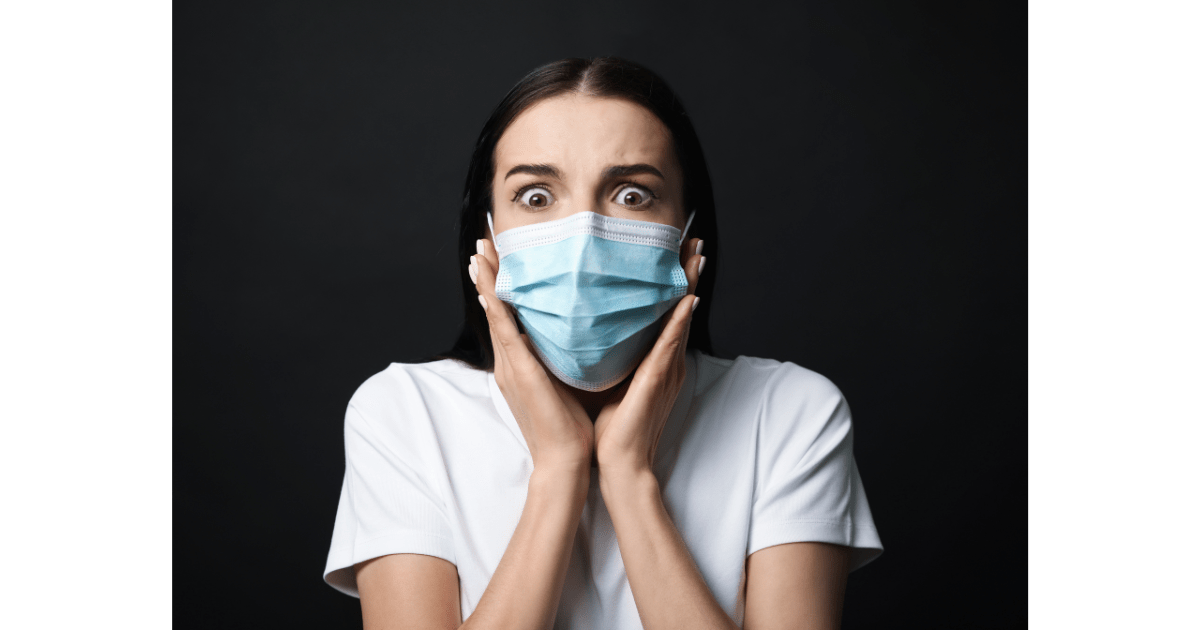
How does germaphobia manifest?
Germaphobia manifests in different ways, including the fear that germs are present on or about to enter your body. Fear may also manifest as health-related anxieties, such as the fear of contracting a disease.
Germophobia manifests as people being overly worried about contracting a disease through contact with others.
It is not uncommon to hear individuals who suffer from germaphobia refer to themselves as “germaphobes.” However, in this case, the fear is not necessarily disease or germs. Rather, it is observed to be a reaction to the anxiety associated with being around others due to the concern that one might be exposed to a virus or disease.
Germophobia can be avoided and is not necessarily a serious condition, but you will want to take precautions. Other than having positive attitudes, here are some other tips on how to avoid being a germs-fearing freak.
Wash your hands properly
We must pay closer attention to hand hygiene, such as showers and toilets. Wiping surfaces is good, too, so long as you wash them when finished. No one likes the thought of other people’s germs floating around them, but this is what we’re all forced to endure nearly every day.
Invest in a portable UV box
A portable UV sterilization box is ideal for germaphobes. No matter how germaphobic people are, they are still susceptible to the disease. A portable UV sterilization box is ideal for germaphobes because it makes disinfection easy and goes hand in hand with time-saving.
They are compact enough to take with you anywhere, easy to use and maintain, and affordable.

What are the causes of germaphobia?
Germaphobia is a pathological fear of germs and contamination. It is not known to be caused by a specific factor, but there are several risk factors that have been identified. These include a family history of anxiety, depression or phobia, obsessive compulsive disorder, or a traumatic experience. Mental health professionals believe our pandemic-driven fear of contamination and germs has increased the prevalence of germaphobia in the community. A 2020 study found that stress and anxiety as the result of the pandemic may worsen mental health issues, or even cause mental health problems among those previously unaffected.
Most people who suffer from germaphobia don’t know the cause of their fear. Researchers have been trying to pinpoint the exact cause for a long time, but they still can’t say for sure what it is. It seems to be mainly caused by stressful life events or extreme cleaning compulsions. On the other hand, some people may develop germaphobia because of their own obsessive-compulsive thoughts and behaviors. They may feel like they’re constantly being watched and that they have no control over their environment. The fear itself is unknown to them, and it can be quite debilitating. Past events or traumatic experiences can also lead to a fear of germs.
How does ultraviolet light kill germs?
Ultraviolet light kills germs by damaging DNA, which can cause cellular death. This process leads to the production of free radicals that destroy other cells. When UV light comes into contact with microbes, it breaks down their DNA into pyrimidine dimers, which appear to those who watch the process. It also damages all of the chemical bonds in the DNA. This process is similar to what occurs in the sun during sunlight exposure, except that it does not cause sunburn.
Little by little, as a single strand of DNA reacts with strong UV light, the other DNA strands are shorn of their bonds. As with most reactions involving free radicals and DNA, UV-induced damage destroys proteins and nucleic acids.
The resulting DNA fragments, however, are typically undamaged. One of the key differences between oxidative and photolytic damage is that the damaged structures are not irrecoverable in the latter. Photolytic damage leaves most DNA fragments intact, but the spatial alignment of the fragments is lost due to fragmentation. In many cases, this creates one or more new binds in the DNA sequence that can then serve as the template for future errors. Another aspect of photolytic damage is that it includes free radicals such as reactive oxygen species (ROS), which are highly damaging to DNA. The free radicals created by photolysis combine with oxygen, forming hydroxyl radical (OH). A reaction that forms OH can be very damaging to DNA. In addition, the photolysis of Cerenkov radiation (electrons emitted by a charged particle in the form of a shower) generates hydroxyl radical. All antioxidants, which are molecules that neutralize free radicals, can be quickly degraded by prolonged exposure therapy to UV light, rendering the antioxidant molecule useless.
UV radiation converts hemoglobin and other compounds in the blood into free radicals that can damage DNA. Like oxygen molecules, free radicals are highly reactive, breaking apart DNA molecules and initiating replication, which may lead to mutations.
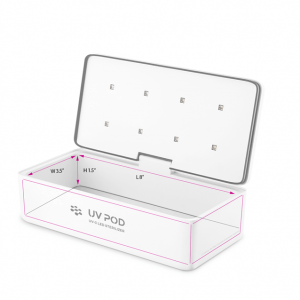
Facts about personal UV sterilization box
A personal UV Sterilization Box (P-UVB) is a device that allows individuals to safely and effectively sterilize objects in the home or workplace with ultraviolet light. Its key features are that it is compact, mobile, and can be used for many purposes.
The UVB has a light source, which makes it easy to use in any home or office, and it’s small enough that one person can use it. In addition, the device includes several features that ensure its effectiveness in sterilizing surfaces, including filters, UV sterilizer lamps, disposable gloves, and a carrying case.
The UV lamp disinfection’s germicidal UV-C bulb, as well as other UV bulbs on the market, is a simple UV light source that has been tested to ensure it kills 99.9% of germs, infectious viruses, fungi, and pathogenic bacteria. The UV sterilization lamps are housed in a waterproof plastic case, protecting them from the elements when not in use. The device has an external power supply with a 12V DC plug.
This sterilizer does not use chemicals, only UV light, so you can be sure that you’re getting the safest possible results. The sterilizer also comes with a laminated guide that will help you understand the device’s basic operation and how to use it, as well as some extra tips for managing your daily cleaning routine.
What is a UV sterilization box?
A UV sterilization box is a device that uses ultraviolet light to kill potentially harmful bacteria and other microbes. UV for disinfection has been used in the field of sterilization since 1910. When dealing with a potentially harmful bug, you typically need to kill as many of them as fast and efficiently as possible so that they don’t infect or proliferate. A UV sterilization box is the best tool used to kill microbes.
This sterilization box merely uses ultraviolet light to eradicate certain microbial literacy and viruses in the contained items. For instance, if we have a few pieces of plastic we want to be sterilized, the harnessed ultraviolet light is far more effective than any heat or chemical treatment. This is because heat does not kill microorganisms at such a high rate, while chemicals do. Heat can make these microorganisms (viruses and bacteria) stronger.
UV sterilization boxes are extremely safe to use. The safe wavelength of light used in the process causes no harm to humans; thus, there is absolutely no risk for anyone who uses it daily. This method of sterilization is also much more effective. It kills bacteria and viruses at a much closer range. There is also no bad taste or smell when using the box, making this an optimal means of sterilization for your home (or environment).
A UV sterilization box is a safe and effective way to create an environment free of germs in your home. If you have a newborn or young child, they should use it to clean their hands and toys. It should be sterilized regularly to ensure that there is no chance of infection.
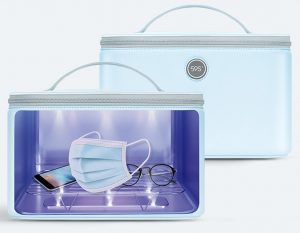
What is the function of a UV sterilization box?
UV Sterilization boxes are used in food processing plants and hospitals. They are typically found in sterile areas such as operating rooms or labs, where they may be used to sterilize surfaces, instruments, or objects. UV light is absorbed by oxygen and nitrogen from common air. Both are in oxygen-based gas like cylinder tanks, helium, or argon.
These UV Sterilization boxes disperse a wavelength of ultraviolet light absorbed by the surface. Then some useful light may be re-radiated back up to the area where it was bombarded to decrease further.
Several types of UV tubes have varying power levels, wavelengths, and transmission wavelengths. For example, some sterilizing systems use fluorescent tubes ranging from 530nm to 710nm. Others use low-wattage tubes and ultraviolet light with 290nm to 400nm.
The sterilizing UV technology is effective for all surfaces, including air, water, glass, steel, and concrete. However, the benefits of using a UV sterilizing system depend on the application.
In addition to having a functional use in water sanitation and food preparation facilities (particularly those in hospitals), the application of a UV sterilization box is often used by businesses to sanitize equipment and tools as a precautionary measure.
UV tube products are in use at hospitals and research labs around the world, as well as in swimming pools and industrial food preparation areas. Companies such as PCO Distribution use a UV sterilization box to protect expensive equipment by keeping it germ-free from the start. In addition, some companies, such as SICPA and ZSIPHAR, use a UV sterilization box to keep their tooling free of contamination after surgical implantation.
How do you use a UV sterilization box?
A UV sterilization box is a small, portable device that uses ultraviolet light to kill bacteria. The box has a lid and an opaque window on the front side. Inside, there are two trays. The trays have a lid and two openings on the side; one tray houses a fluid to be sterilized, such as water or bleach, and the other holds the items being disinfected. The user places the items in the trays, closes them tightly, and then turns on the sterilization box. Ultraviolet light causes a chemical reaction that kills bacteria in water or bleach and destroys viruses and fungi. Disinfection by UV is also known as an ultraviolet treatment.
As with any machine, properly maintained UV disinfection boxes could provide better efficacy. To maximize the effectiveness of the box, the following maintenance instructions should be adhered to:
The UV light will enter the machine through a glass inspection window. If the box is broken, then it can no longer disinfect. At this point, the only fix for it will be to buy another one! To avoid this, take the machine out of its original packaging. There will be an instruction sheet with it where you will learn how to take care of them both.
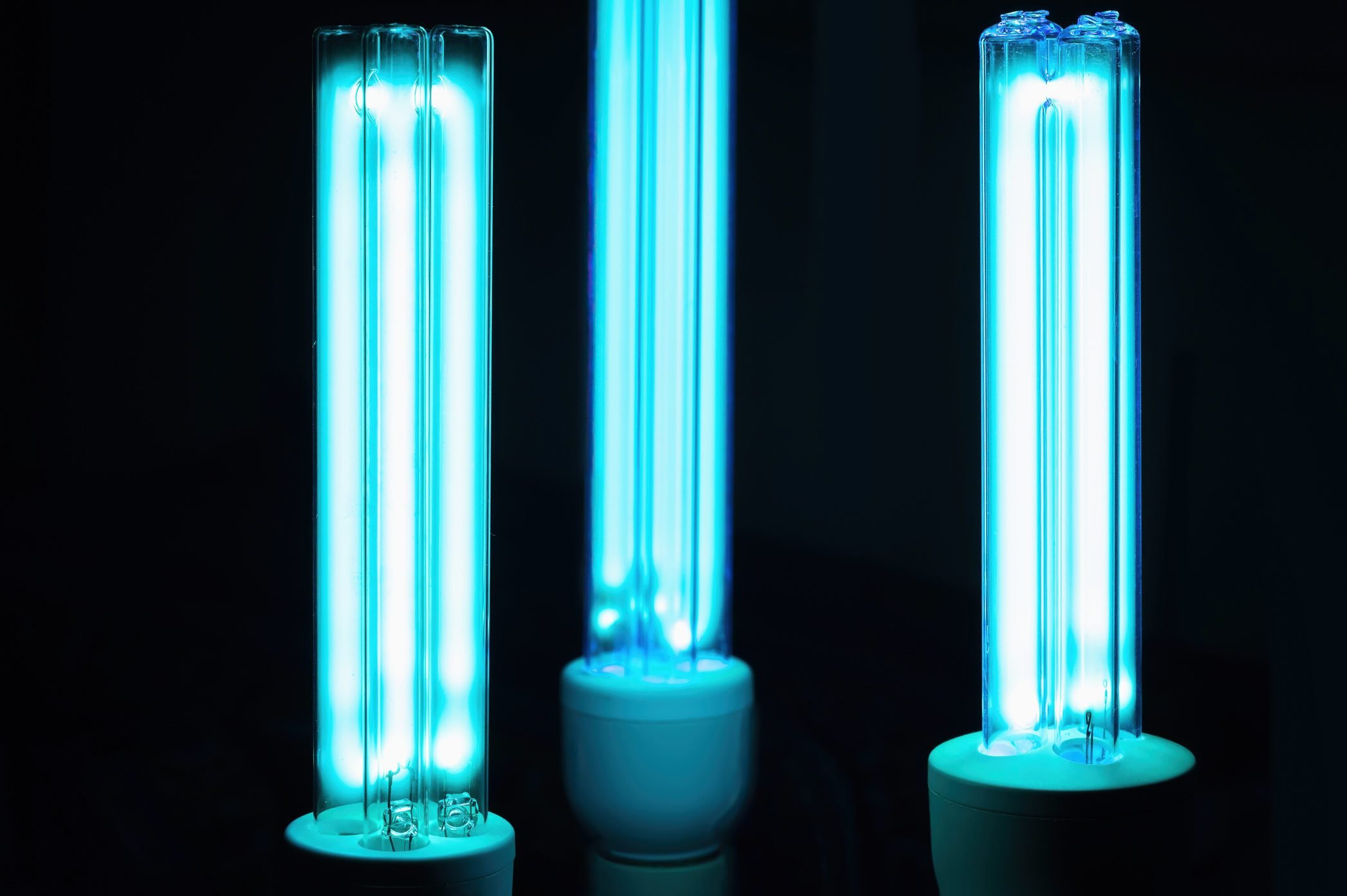
Is a UV sanitizer safe to use on people and pets?
UV is a form of radiation and can cause sunburns and skin cancer if you are not careful. However, UV makes up just half of the energy that reaches the Earth from the sun, so it is not as dangerous as the other half of that energy. It can also cause flu-like symptoms and eye irritation, but it is not dangerous to your health when used on people or pets. UV goes by many names, including sun tanning lotions, UV-C tubes, Bluelight cool rooms, and therapeutic ultraviolet light. Unfortunately, many people mix these terms in conversation because they are similar.
UV-C disinfection is found within the 100-280 nm range, which is the safest for people and pets. However, it is important to note that UV light disinfection is not safe for plastics, which may cause the material to break down and release chemicals. UV-C is also known as the ‘blue light,’ which is not only safe to use on people and pets but can be used to disinfect surfaces and water.
Some UV sterilization boxes claim to be safe for people and pets because they have a low enough output that they cannot replicate. These claims are false. Even though they may be low, the UV sterilization box still causes damage to DNA and other cells.
The environmental factors for destruction vary from one microorganism to another. In general, UV light is safe to use on people and pets. However, if you plan to use it on a person who is immune-compromised or has rare skin infections like psoriasis, it is advised to consult a doctor first.
The radiation dose needed for the destruction of different microorganisms can be determined by calculating the number of photons absorbed. This is done using a formula called the Albedo factor. This is done by multiplying the number of photons absorbed by a defined area (in meters squared).
UV-A and UV-B bulbs use ultraviolet light to kill bacteria, viruses, and protozoa in water or other liquids. They are widely used to sterilize water for aquariums or other fish tanks but can also be used on people and food. However, exposing the water to intense ultraviolet light causes a chemical reaction with oxygen in the water, which results in an array of chemical byproducts such as hydrogen peroxide. When exposed to air, these chemicals change back into the water, but the ultraviolet light has gone through several additional “cycles” to become more powerful each time.
What are the benefits of using a UV light sterilization box at home?
Many people use a UV sterilization box as an alternative to a microwave oven, and those who do are often surprised by the increased safety that comes with it. Ultraviolet light can kill bacteria and viruses that can infect food. If you are using a microwave oven, you have to ensure that the food is heated to a high enough temperature to kill any harmful bacteria or viruses. With a UV sterilization box, the light can do this for you, so you don’t have to worry about the temperature of your food. The UV light that comes with these devices can also be used for other purposes. It is commonly used in places with many people, such as on airplanes or theme parks. UV light can disinfect surfaces, making them sanitary to protect the people entering.
UV light is also healthy for your body and skin, so you don’t have to worry about viruses. The most common thing people do is put these in toasters. This is usually only used when you need it, being hygienic and a healthier alternative to non-use.
What is the best type of UV sterilization box?
The best type of UV sterilization box is the one that provides the most effective and efficient way to keep your products safe for consumption. You will want to know the facts behind each box type to determine which type suits your personal needs.
The easiest way to find out what kind of UV sterilization box is best for your personal needs is to read each type’s profile thoroughly. Background Information About UV Sterilization boxes will give you all the information you need to find the box most suitable for your needs.
Why should you get a UV sterilizer for your house?
The UV lamp sterilizer is a device that uses ultraviolet light to kill bacteria and viruses such as MRSA, which can cause serious medical problems in the home. It’s designed to improve the overall health and hygiene of your family. You should get a UV sterilizer for your house to control infections by stopping the spread of microorganisms.
It also helps keep the air clean and for prevention and control of infectious diseases. If you want to improve your air quality, a personal UV sterilizer is a great way to do it. Air spores can enter the nose and mouth, eventually causing allergies or sinus infections.
The presence of bacteria, flies, weeds, rodents and other house pests leads to objectionable smells in your home. Adopting a UV sterilizer for your home will help alleviate this problem. While the small size and low cost of personal sterilizers also attract people who buy them for decorative purposes, this is not the kind of sterilization you need. You can afford a UV sterilizer only if you use them regularly.
If you’re not sure about getting a UV sterilizer, then here are some facts to consider:
- First, UV light is safe and effective in killing bacteria and viruses.
- UV light disinfection is considered one of the best ways to get rid of harmful germs and bacteria-UV light can also kill mold and mildew.
- UV light is not harmful to the skin.
What are some effective uses for UV sterilizers?
UV sterilizers are used for a variety of purposes. One of the most common uses is to disinfect equipment that would otherwise be exposed to harmful bacteria or viruses. Another use is in the food industry, where they disinfect cutting boards and utensils. Some people also use them to sterilize their water. UV sterilizers can be used for food storage in the home as well. If you’ve ever wondered how to keep your food items fresh, you may want to consider getting a UV sterilizer.
UV light boxes have been used before COVID and are known to be effective. UV sterilizers also do a great job of killing germs and viruses. They are the perfect solution for anyone concerned about their health or the health of their loved ones. UV sterilizers are also a great solution if you want to get your hands on extra energy. They can also be used to kill germs and bacteria. UV lights are used in medical institutions and offices to disinfect devices. This is a very helpful feature for people who want to keep their homes sterile. It is also a cost-effective way to disinfect hard surfaces.

